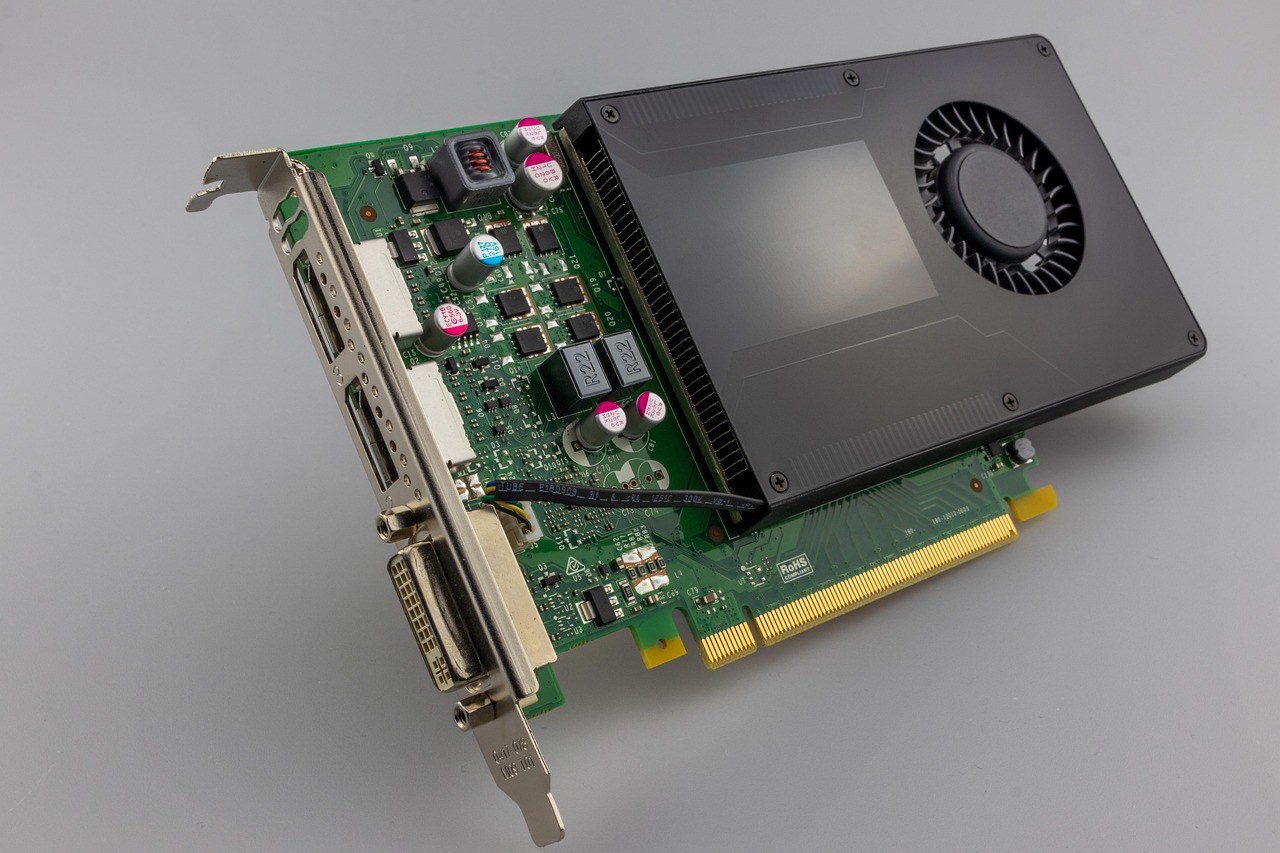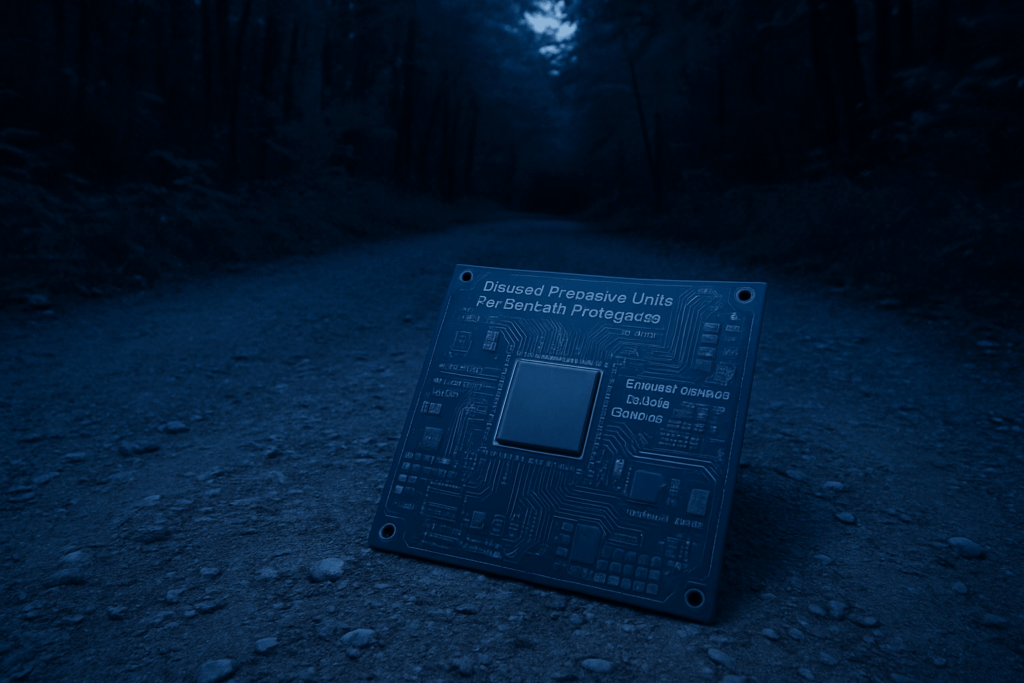What a GPU Actually Does
A CPU is your computer’s taskmaster it handles everything from booting up your system to running spreadsheets. It’s great at doing a few things very quickly, one after another. GPUs are built for something else: doing thousands of things at once. This makes them ideal for handling huge volumes of data in parallel. Think of it like this: if a CPU is a sharp knife, a GPU is a blender.
That parallel muscle is why GPUs are the backbone of everything from video rendering to AI training. They’re designed to handle visual complexity and repetition drawing thousands of frames, filtering pixels, or crunching millions of data points at high speed. For gaming, this means lifelike lighting, fast frame rates, and immersive worlds. For AI, it’s speeding through matrix calculations that would choke a CPU.
In short: CPUs run your system. GPUs power your experience.
GPUs and AI: A Perfect Match
Training a modern machine learning model without a GPU is like towing a freight train with a bicycle. It’s not just slow it’s borderline impossible at scale. GPUs excel at parallel computation, handling thousands of small calculations at once. This makes them ideal for the workloads behind AI: huge batches of matrix multiplications, constant model tuning, and crunching through terabytes of training data.
In 2026, GPUs are the default engine behind massive language models, real time object recognition in autonomous vehicles, and protein folding simulations in biotech. These models need to train faster and operate more efficiently and GPUs, with their massive bandwidth and processing capability, are the backbone making that possible.
NVIDIA still leads the charge with its CUDA platform and dedicated AI hardware, but AMD is gaining ground with its ROCm stack and beefy new chips. Meanwhile, startups are entering the ring with domain specific GPUs refined for edge computing and low power AI.
GPUs aren’t just nice to have anymore they’re the difference between a prototype that runs in two months and a production model ready in two days. Trying to push modern AI with CPUs alone isn’t just impractical it’s economically unsound.
For a tangential peek into the software side of innovation, check out this Related read: Explained: The APIs Behind Your Favorite Apps.
Gaming in 2026: Your GPU Is Doing Heavy Lifting

Gaming today isn’t just lighting effects and frame rates it’s full on simulation. Ray tracing delivers realistic shadows and reflections by simulating actual light paths, and it chews through graphics power like nothing else. Ultra high resolutions (think 4K, 8K, and beyond) push pixels to the edge of what displays can handle. Add in VR, and you’ve got rendering demands that only serious GPUs can meet without turning your experience into a slideshow.
Game engines Unreal Engine, Unity, and proprietary beasts like Capcom’s RE Engine are being built bottom up to squeeze every ounce of performance from GPU architecture. Instead of funneling everything through a CPU and waiting on bottlenecks, these engines offload parallel tasks directly to the GPU cores: real time lighting, environmental effects, and particle systems scale fast and efficiently.
And games themselves are getting more complex. Real time physics means every object now reacts with individual logic no more rigid animation paths. NPCs are smarter, more reactive, and in some cases, AI driven. That doesn’t just require CPU power it draws heavy from the GPU’s own data processing lanes, especially when dealing with large open worlds hosting thousands of simultaneous interactions.
If your GPU can’t hang, your game can’t run. It’s that simple.
The Crossover: AI + Gaming Synergy
AI isn’t just a buzzword in gaming it’s embedded in how modern games look, feel, and adapt. Deep learning based upscaling methods like NVIDIA’s DLSS and AMD’s FSR let games render fewer pixels while displaying sharper images. That’s not just a nice bonus for frame rates it’s what makes 4K gaming on mid range cards widely playable. AI handles the heavy lifting so GPUs can spread resources elsewhere.
Then there’s NPC behavior. Instead of baking in canned responses, developers are starting to run local inference models directly on GPUs. That means smarter enemies, more dynamic allies, and less repetitive dialogue. The GPU isn’t only about graphics anymore it’s actively shaping how games think.
Finally, cloud gaming has matured since its rocky debut years. The difference? GPU farms that can handle high concurrency and high fidelity. Services like GeForce NOW and Xbox Cloud Gaming have refined latency, resolution, and game availability. It’s no longer a demo it’s a viable platform. The reason? Scalable GPU deployment and smarter streaming tech. In short, the GPU has become the quiet core behind the scenes, turning futuristic features into everyday experiences.
Looking Forward: The Next GPU Milestones
The GPU landscape is entering a new era. It’s not just about faster frame rates or massive training models it’s about smarter, more efficient computing that’s ready for the age of edge AI, sustainability, and open collaboration. Here’s what to watch next.
Smaller, Cooler, and More Powerful
Efficiency is now a top tier metric. As GPUs generate more power, the demand for better thermal management and smaller form factors grows in parallel.
Chiplet architecture: A modular design that improves scalability and manufacturability
3D stacking: Increases performance without increasing footprint
Advanced cooling systems: Liquid cooling solutions are becoming more mainstream, even in consumer builds
These advancements aim to reduce energy consumption while increasing performance crucial for data centers and gaming rigs alike.
Edge AI: On Device Power, Not in the Cloud
One of the biggest shifts in GPU evolution is the move toward on device AI processing. This change brings serious benefits:
Faster inference: Real time predictions without latency from cloud round trips
Better privacy: No need to transmit sensitive data externally
Lower bandwidth usage: Useful for mobile devices and remote environments
Expect to see edge capable GPUs in laptops, compact desktops, and even next gen game consoles.
Open Source GPU Tech Gains Ground
New players and research institutions are embracing open source GPU designs. This wave of transparency and community innovation is especially impactful for startups and educational tech labs.
Projects like RISC V and open GPU interfaces are making GPUs more accessible to developers
Universities are using open tools to build custom AI accelerators
Startups are leveraging shared architectures to quickly prototype specialized chips
This democratization could reshape who gets to build with advanced compute power and how fast they can innovate.
The bottom line? GPUs are rapidly evolving, breaking boundaries in both form factor and computing models. Whether for AI or gaming, staying ahead means understanding where the hardware is going next.
Why It Matters More Than Ever
GPUs aren’t just about graphics anymore. They’ve become the backbone of today’s most important innovations fueling everything from cinematic gaming to cutting edge artificial intelligence. If it’s visual, data heavy, or demands real time speed, chances are a GPU is behind it.
In entertainment, GPUs push frame rates, render lifelike lighting, and power immersive worlds. In AI, they’re the silent workhorses behind model training, inference, and responsiveness. That same architecture handling your favorite game today could be simulating proteins or piloting a drone tomorrow.
Understanding how GPUs work isn’t just for the tech elite. Whether you’re a gamer chasing higher performance, a developer building smarter software, or just trying to get a grip on where technology’s headed knowing what drives the engine matters now more than ever.
